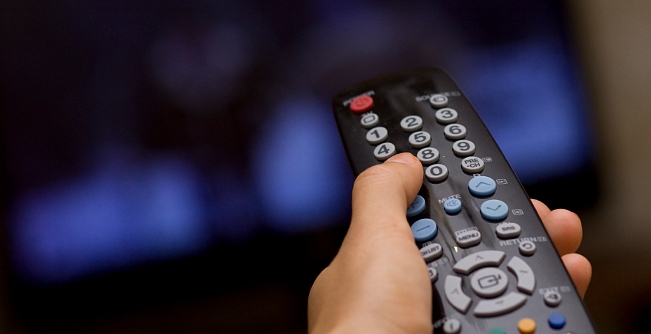The internet has always been a platform for change, whether it’s e-mails making contact cost-free to social media revolutionising personal relationships and the ways we document our experiences with the entire world, not to mention its immeasurable impact on the music and film industries; but can it really affect something as inherent to our daily lives as television?
The Television Set has become an iconic symbol of family life in Britain, its presence rooted in the corner of our living rooms and for many people; an important reminder of spending time with your loved ones. Although the set itself is not at risk (not yet anyway), the way we receive our entertainment has definitely begun to shift.
With the rising presence of Netflix as a source of primary entertainment for millions of people worldwide, the boxes which provide the channels on our TV-sets seem to have become less relevant. For those who don’t know, Netflix is a “subscription video on demand” service. This allows its users access to a variety of films and TV shows in their entirety when they want it, wherever want it (assuming they have internet access, of course) for a price.
This, at first, seemed only a convenience for people who had missed their TV shows or films and just wanted to watch (or rewatch) them; but since then, Netflix has evolved into a more potent threat: it has started to produce its own material and does not rely on other networks for its services. With its House of Cards, starring Kevin Spacey and Robin Wright, becoming the first web television show to be nominated for the Emmy, and its documentary The Square being the first web film to be nominated for an Academy Award, it is clear to see subscription services such as Netflix becoming major contenders in the television industry.
A TV revolution?
There are various reasons for this. We live in an age where we are too busy to be celebrating the tradition of waiting an entire week for new episodes at a particular time on a particular day. Online subscription offers us instantaneous satisfaction, and if we are not in the mood to be waiting with bated breath to find out what happens after that all-important cliff-hanger, we can choose to simply click next and move on to the next episode. We can utilise its services on the go, with the option to watch it anywhere, from our phones to our computers to our TV sets themselves.
The most crucial aspect though is that they are completely ad-free, and if they are providing quality entertainment which is exclusive to their services and providing platforms for less mainstream media (such as the fourth season of Arrested Development and possibly Community), why are they not the better option?
However, mainstream satellite networks have countered this well. We can now record material for watching later on the box and also sign up for online viewing. However, the experience isn’t necessarily as smooth and the choices are limited to the extent of the shows they have licensed (which is the same for subscription services, but they have a much larger range) and there is a limit to how much we can record.
Where networks are currently winning out is in providing sports, weather and news; but if the past is any indication, it’s only a matter of time before we have the same choice amongst subscription services. At last count, Netflix had over 40 million subscribers worldwide, LoveFilm had more than 3 million, numbers that are continuously growing.
While we wait to see what the next development brings for family viewing, undoubtedly the best option seems to be making the most of both standard TV and streaming services – heightening the entertainment experience for families through both instant fulfillment and incredible convenience.








